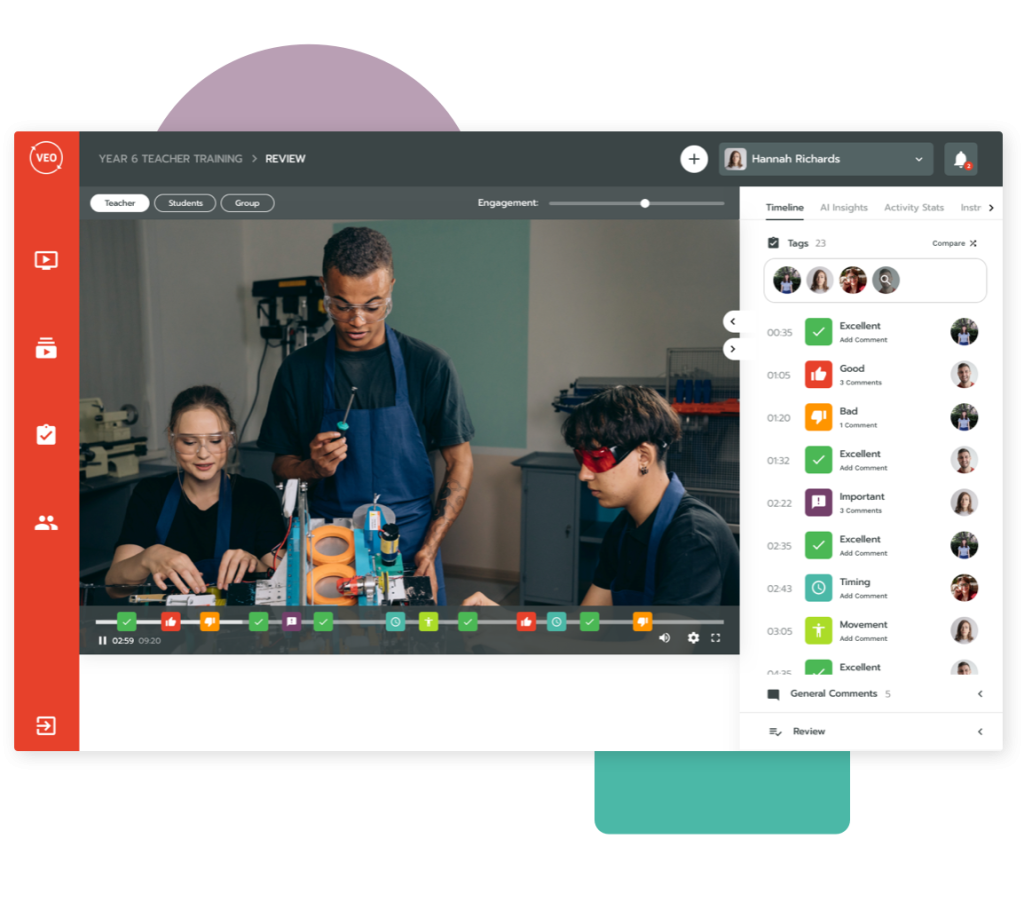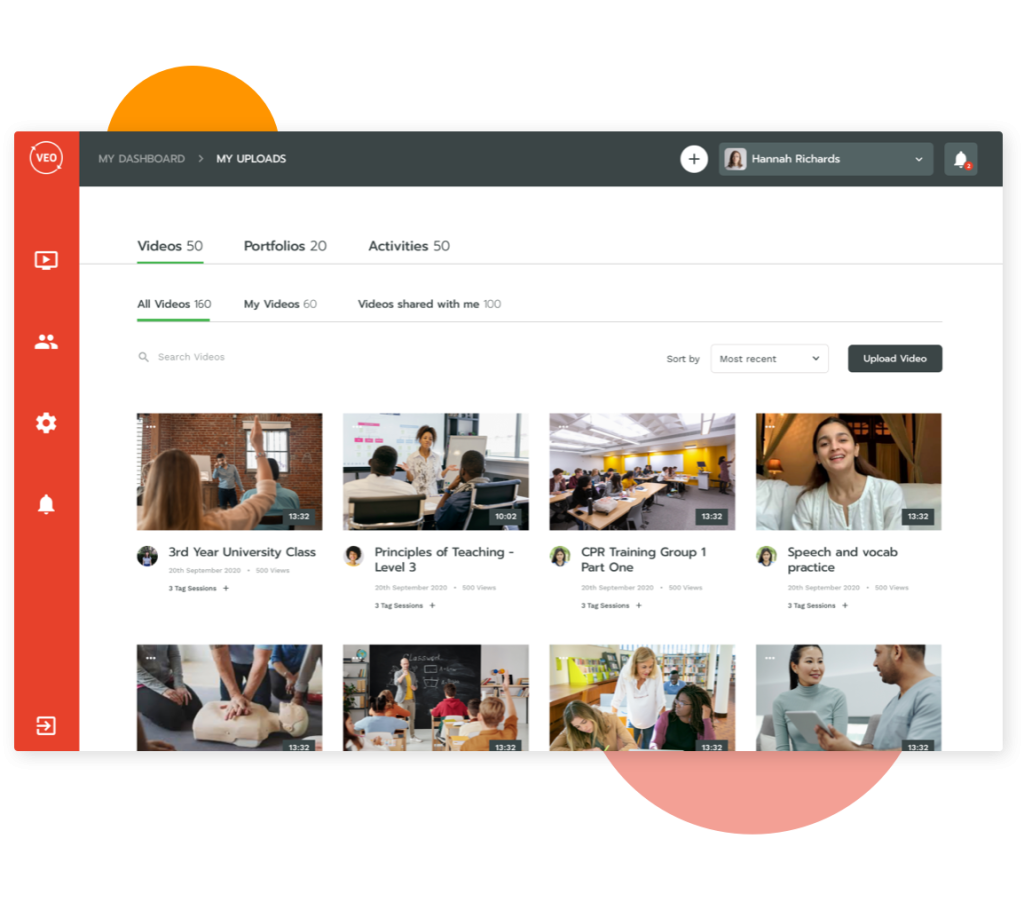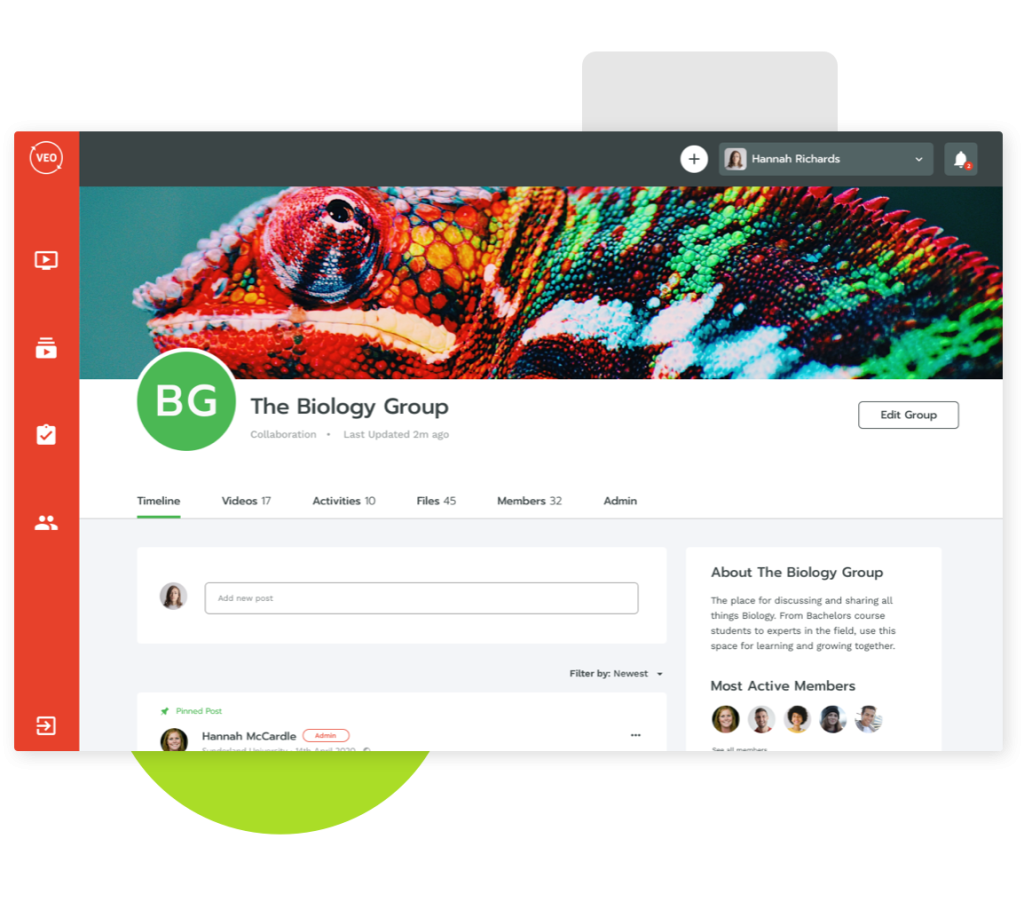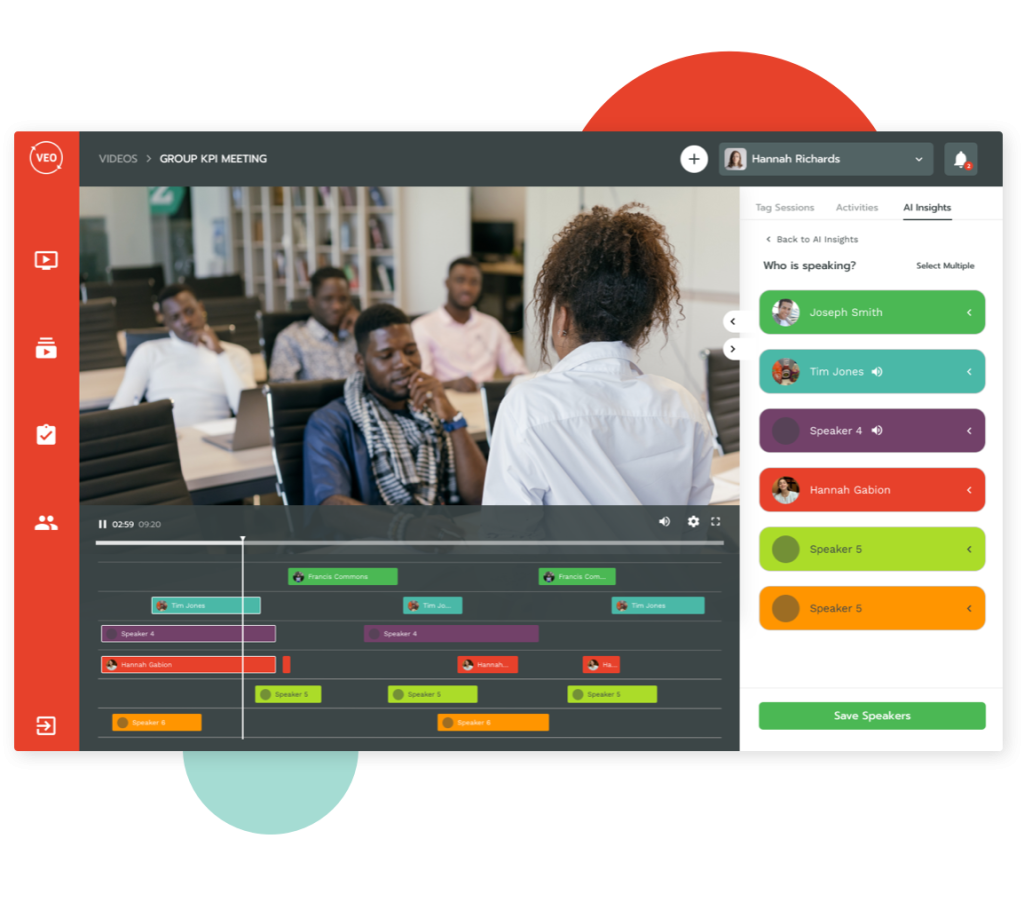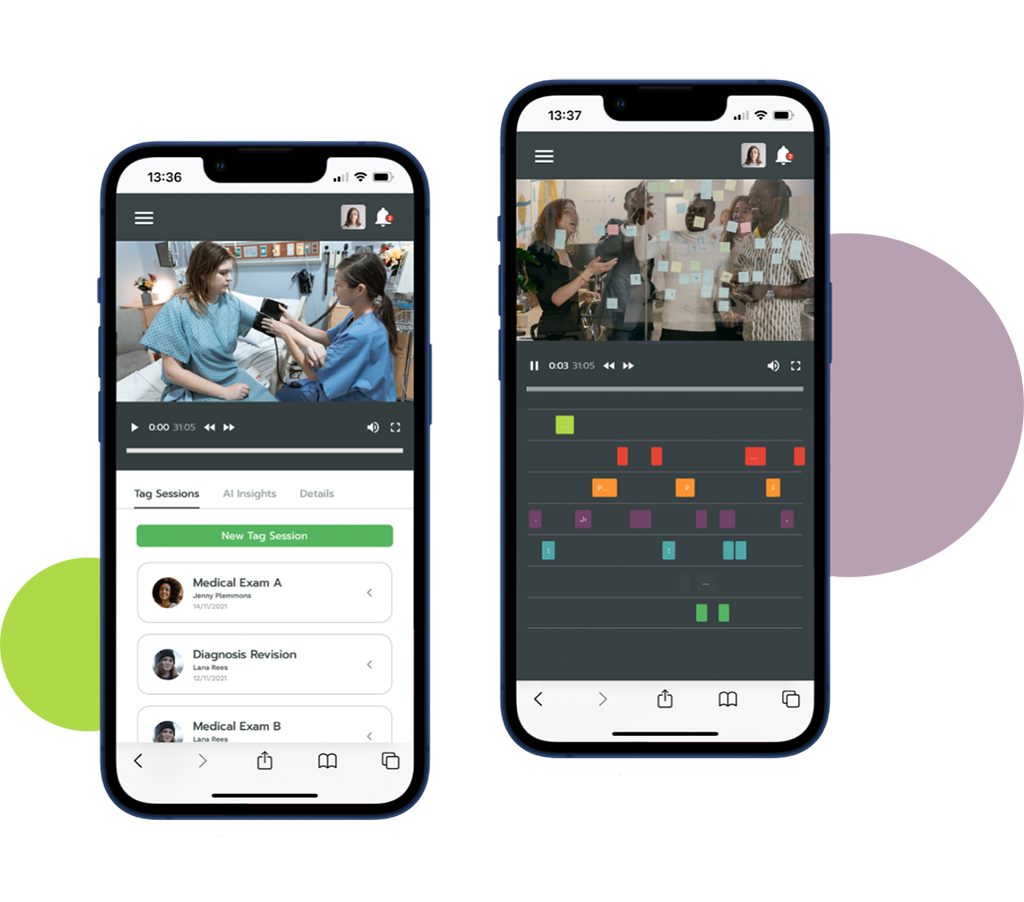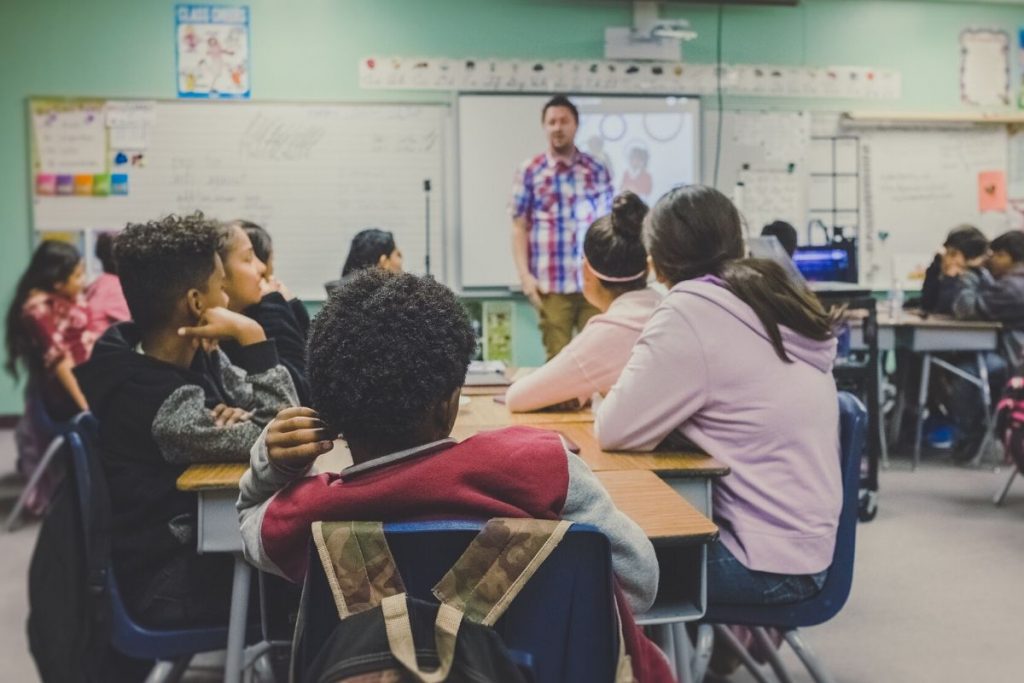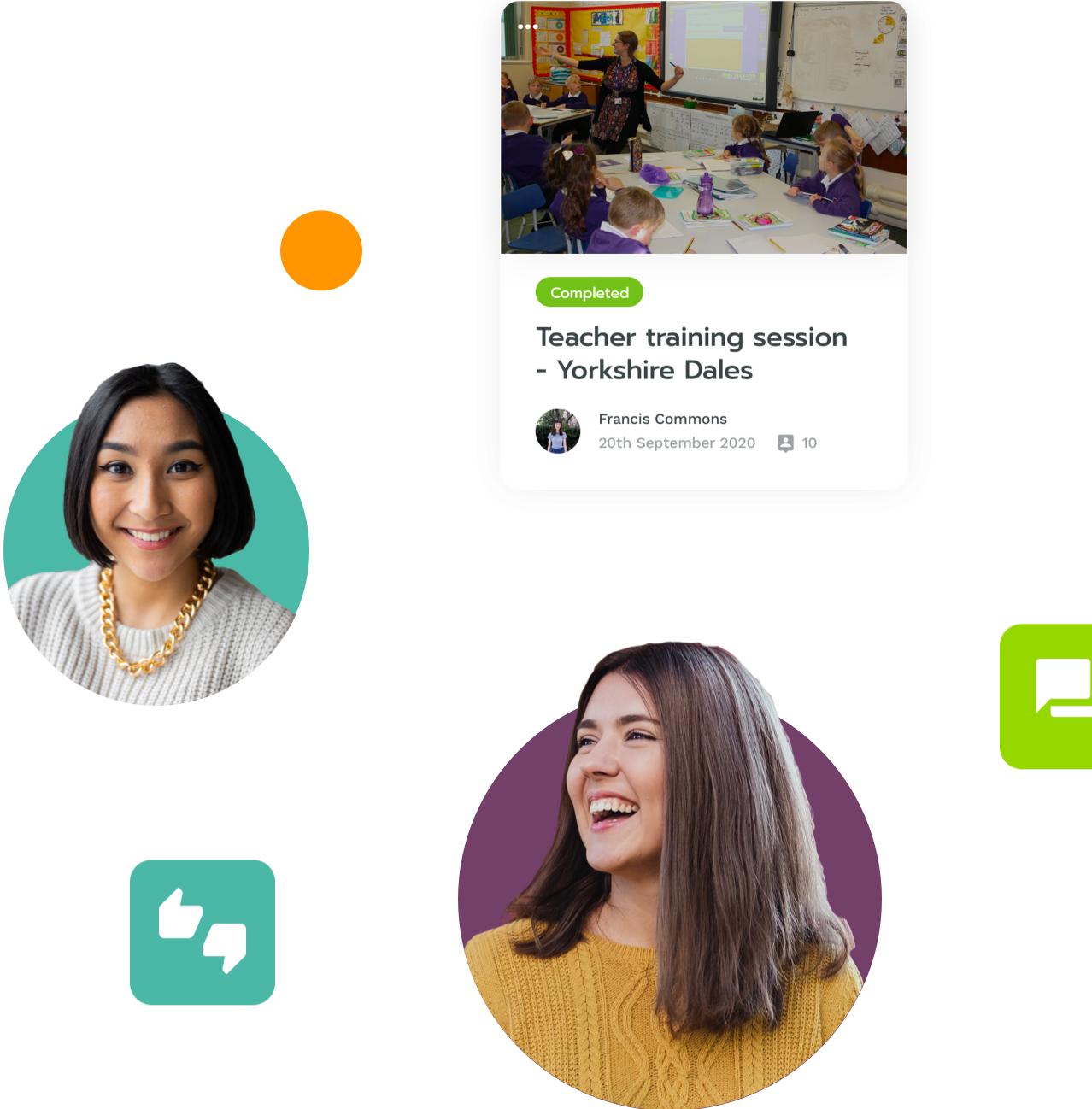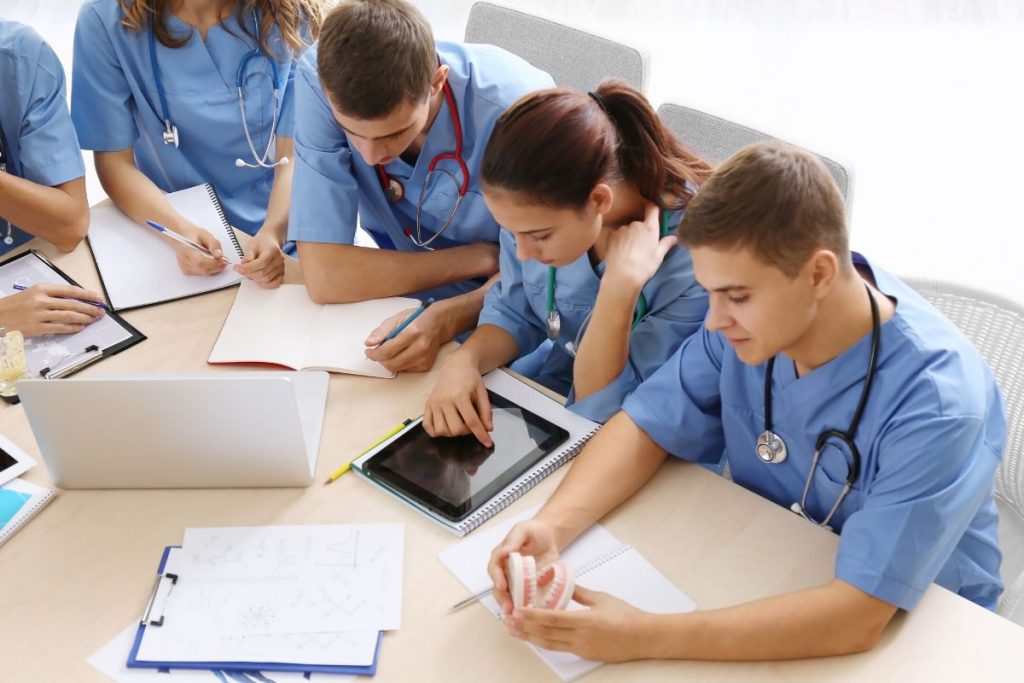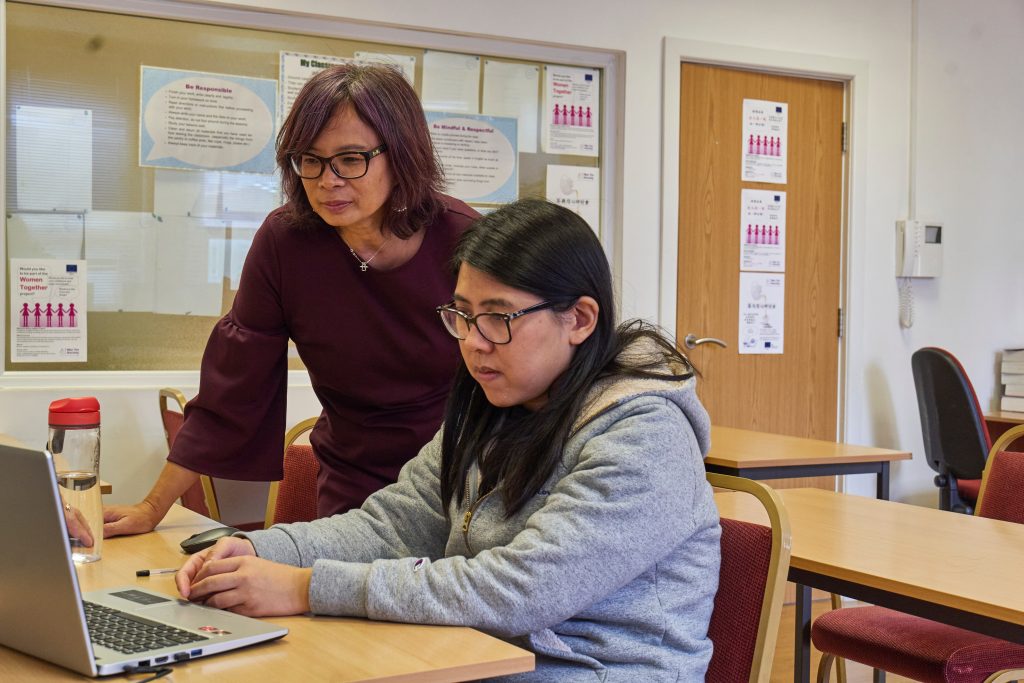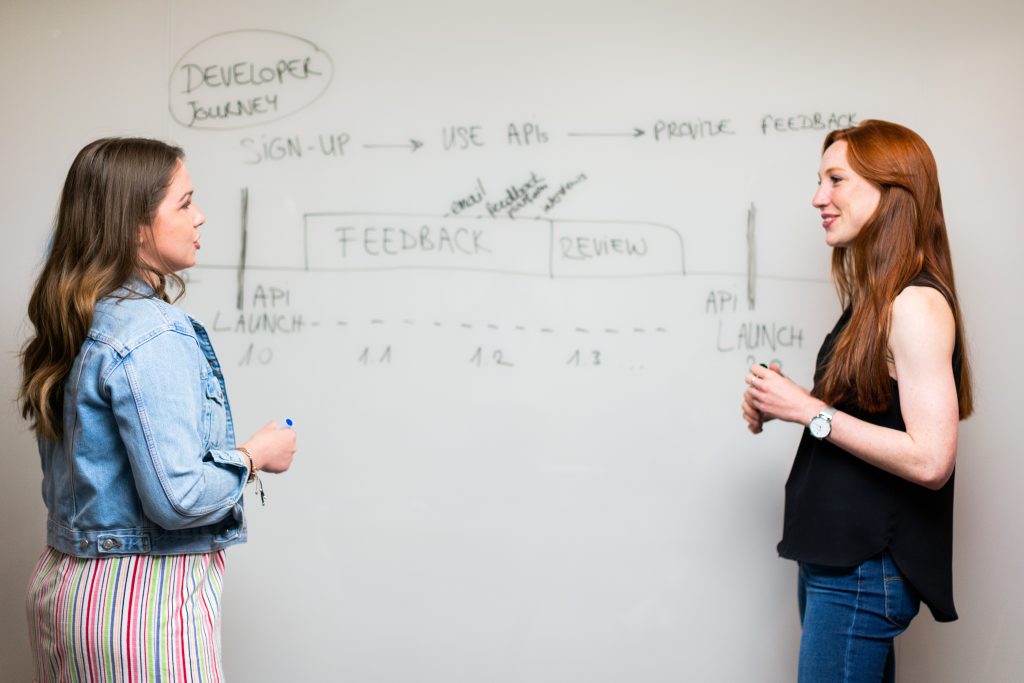Classroom observation strategies have come a long way in recent years thanks to the evolution of technology. Let's talk about how video has changed traditional methods of observation.
Traditional classroom observation strategies
The idea of traditional direct classroom observation is that the observer acts as a ‘fly on the wall’ when observing a lesson. Teachers and students are supposed to carry on as they normally would, but of course, this doesn’t always happen.
The obvious issue here is that having someone else in the classroom is inefficient and, even with the best of intentions, this can be disrupted by the day to day needs in schools.
Despite the pitfalls, having someone in the classroom physically observing the way a lesson is taught was, and still largely is, the preferred plan of action. Because historically it was the only way you could do it.
And to point out the obvious here, this is no longer the case. Technology has come a long way, and there are other less-intrusive, more productive ways for lesson observations to take place.
Why use video as an alternative classroom observation tool?
1. It takes less time and resource
As we’ve already discussed, traditional classroom observation requires a teacher to be free to sit in a classroom during teaching hours and observe the lesson as it happens. This isn’t the case with video.
Video provides the possibility for a lesson to be recorded live, ready to be analysed as and when the observer is available to do so. No more wrestling with teaching timetables to find a convenient slot for the observation to take place.
2. It allows for more constructive feedback
The beauty of video is that you can pause, rewind, and repeat it. VEO’s video tagging software goes one step further and allows people to add feedback directly to a video of a lesson, at key moments for reflection.
This can enhance the learning that comes from classroom observation and improve the practice itself.
How? Well, both parties can clearly see the key ‘lightbulb moments’ right there in the video, which removes the issue of having to rely on memories of events to action feedback. The observer and the teacher can construct feedback and build an understanding of progress and next steps, using the tagged video as a record and resource for future improvement.
Valuable self-reflection can come out of having the videos to watch back too, opening up opportunities for teachers to see themselves in action where they wouldn’t have been able to previously.
3. It’s a less intrusive observation experience
It’s a well-known fact that teaching can be a little stressful at times. With the pressure of lesson planning, delivery and supporting the class to think about, having someone visiting a lesson to do carry out an observation can feel like a less than welcome added worry.
Video can take these extra concerns away. It removes the need to think about how a class may react to being observed, and lessens apprehension around performance while someone is watching from the sidelines. Instead of a person being present, it’s a camera, which can be deployed regularly to make reflecting on practice part of the school week, and a little less daunting for everyone involved.
4. Best practice can be shared at distance and scale
When a lesson has been recorded for observation purposes, it’s there as a resource to be utilised in future (with appropriate permission, of course). Looking at a lesson observer’s written notes isn’t quite as effective as video at explaining exactly why something in ‘that bit of the lesson’ was delivered particularly well.
The VEO platform allows for videos to be shared easily with colleagues too, so if there’s a great technique that can be learned from a certain aspect of a teacher’s lesson delivery, it’s very easy to do so.
5. Cross-border learning
The ultimate aim of lesson observation is to improve education by developing the way that lessons are taught. Video opens up the possibility of sharing best practice by observing other teachers across borders, without having to spend any money on travel.
The National Institute for School Leadership train school and district leaders across America. They’ve been utilising VEO in America but have also been using the software to learn about lesson delivery in Singapore, Hong Kong and China, so it really can bring about worldwide learning opportunities.
How else can video help teachers?
We won’t go into too much detail here, but video (and VEO too) can be used in so many ways to help teachers reflect, collaborate and learn from what they do.
Exercises such as peer observation and lesson study become more accessible when using video. It’s also much more effective to compare how each lesson has been taught when there’s the ability to watch recorded videos and analyse any feedback to see tangible improvement over time.
Schools can also use video as part of staff meetings around best practice. These can then be shared around multiple schools in situations like multi-academy trusts in the UK, or districts in the U.S.
Start learning more from classroom observations
We’re working with school leaders and teachers across the world to help them get more value out of their lesson observations.
Take a look at how Gosforth Central Middle School have been using VEO to develop classroom practice and improve learning outcomes for their pupils.
